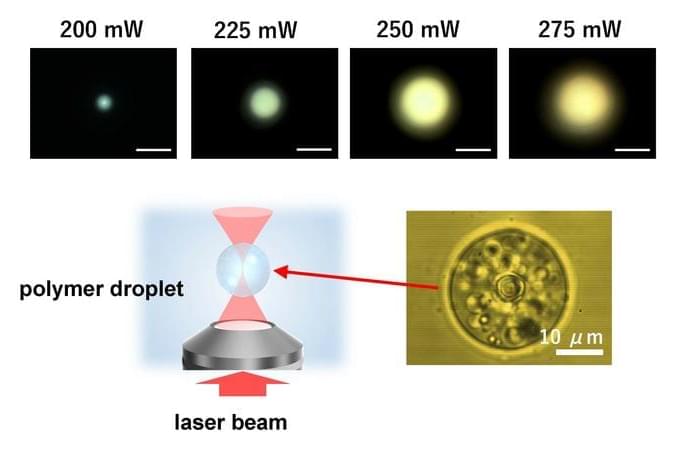Jun 26, 2024
Superlow Power Consumption Memristor Based on Borphyrin-Deoxyribonucleic Acid Composite Films as Artificial Synapse for Neuromorphic Computing
Posted by Dan Breeden in categories: biotech/medical, chemistry, robotics/AI
Memristor synapses based on green and pollution-free organic materials are expected to facilitate biorealistic neuromorphic computing and to be an important step toward the next generation of green electronics. Metalloporphyrin is an organic compound that widely exists in nature with good biocompatibility and stable chemical properties, and has already been used to fabricate memristors. However, the application of metalloporphyrin-based memristors as synaptic devices still faces challenges, such as realizing a high switching ratio, low power consumption, and bidirectional conductance modulation. We developed a memristor that improves the resistive switching (RS) characteristics of Zn(II)meso-tetra(4-carboxyphenyl) porphine (ZnTCPP) by combining it with deoxyribonucleic acid (DNA) in a composite film. The as-fabricated ZnTCPP-DNA-based device showed excellent RS memory characteristics with a sufficiently high switching ratio of up to ∼104, super low power consumption of ∼39.56 nW, good cycling stability, and data retention capability. Moreover, bidirectional conductance modulation of the ZnTCPP-DNA-based device can be controlled by modulating the amplitudes, durations, and intervals of positive and negative pulses. The ZnTCPP-DNA-based device was used to successfully simulate a series of synaptic functions including long-term potentiation, long-term depression, spike time-dependent plasticity, paired-pulse facilitation, excitatory postsynaptic current, and human learning behavior, which demonstrates its potential applicability to neuromorphic devices. A two-layer artificial neural network was used to demonstrate the digit recognition ability of the ZnTCPP-DNA-based device, which reached 97.22% after 100 training iterations. These results create a new avenue for the research and development of green electronics and have major implications for green low-power neuromorphic computing in the future.
Keywords: artificial synapses; memristors; neuromorphic computing; porphyrin−DNA composite films; superlow power consumption.


















